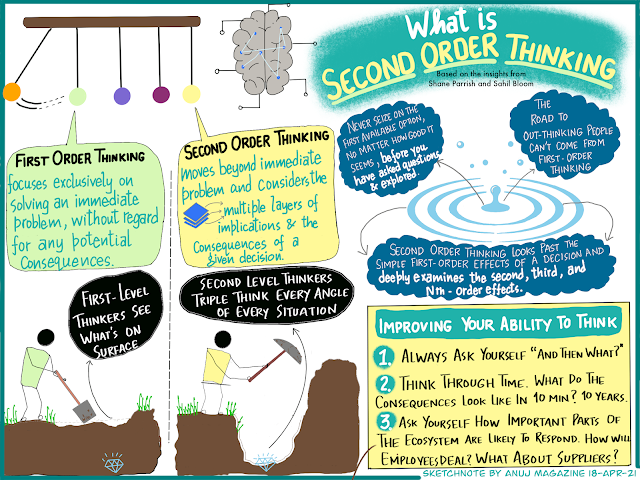Dr. Michael Ryan, an Executive Director of WHO Health Emergencies Programme said this about handling #crisis https://bit.ly/3blGzLE
"Be fast, have no regrets. The problem in society we have at the moment is that everyone is afraid of making a mistake. But the greatest error is not to move. If you need to be right before you move, you will never win. Perfection is the enemy of good when it comes to emergency responses."
In a crisis situation, there's a lot happening & it is quite human for leaders to feel stuck, ill-equipped,or overwhelmed.
Rebecca Zucker & Darin Rowell EdD in their HBR article https://bit.ly/3uis2tK makes an reference to the book "Immunity to Change":
"To put this in concrete terms, computing power has increased more than a trillion-fold since the mid 1950’s, but our brains remain unchanged."
They make a case that in order to deal with #uncertainty,leaders must first learn to lead themselves. And outlines these points:
1 Embrace the Discomfort of Not Knowing
2 Distinguish Between Complicated & Complex
3 Let Go of Perfectionism
4 Resist Oversimplifications & Quick Conclusions
5 Don’t Go It Alone
6 Zoom Out
Catch the summary in my sketchnote.
What strategies have worked for you in leading through uncertainty ?





